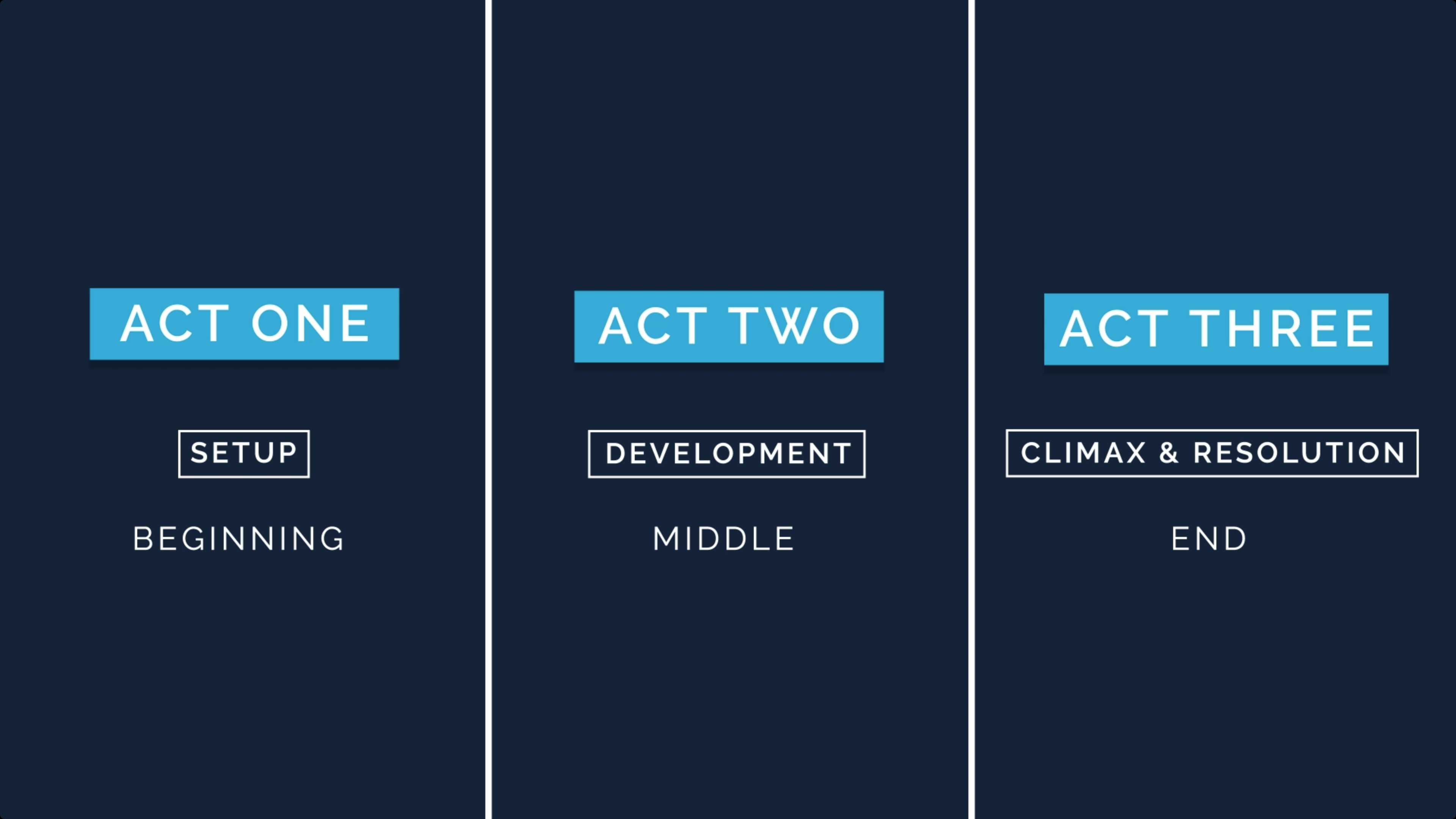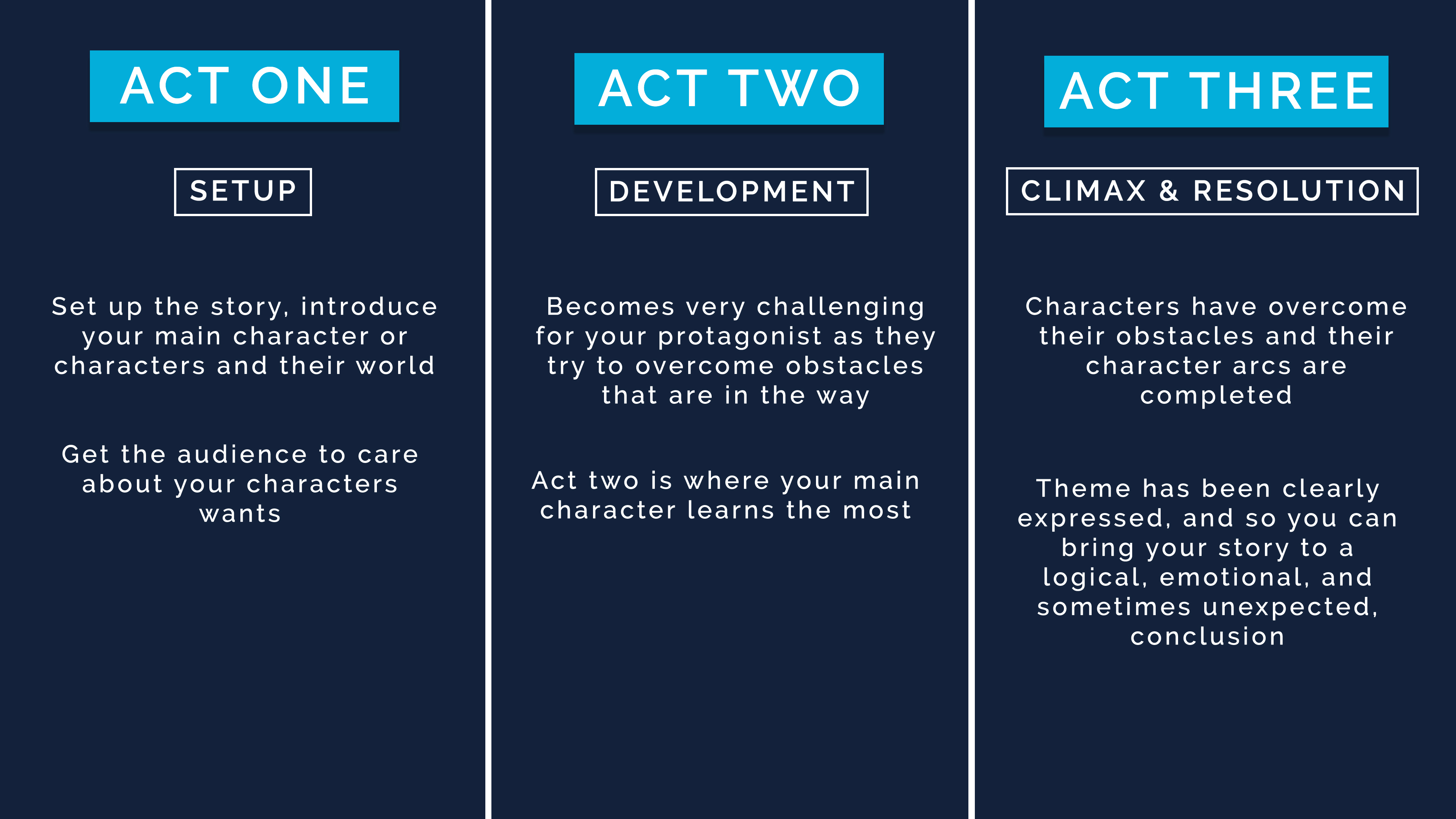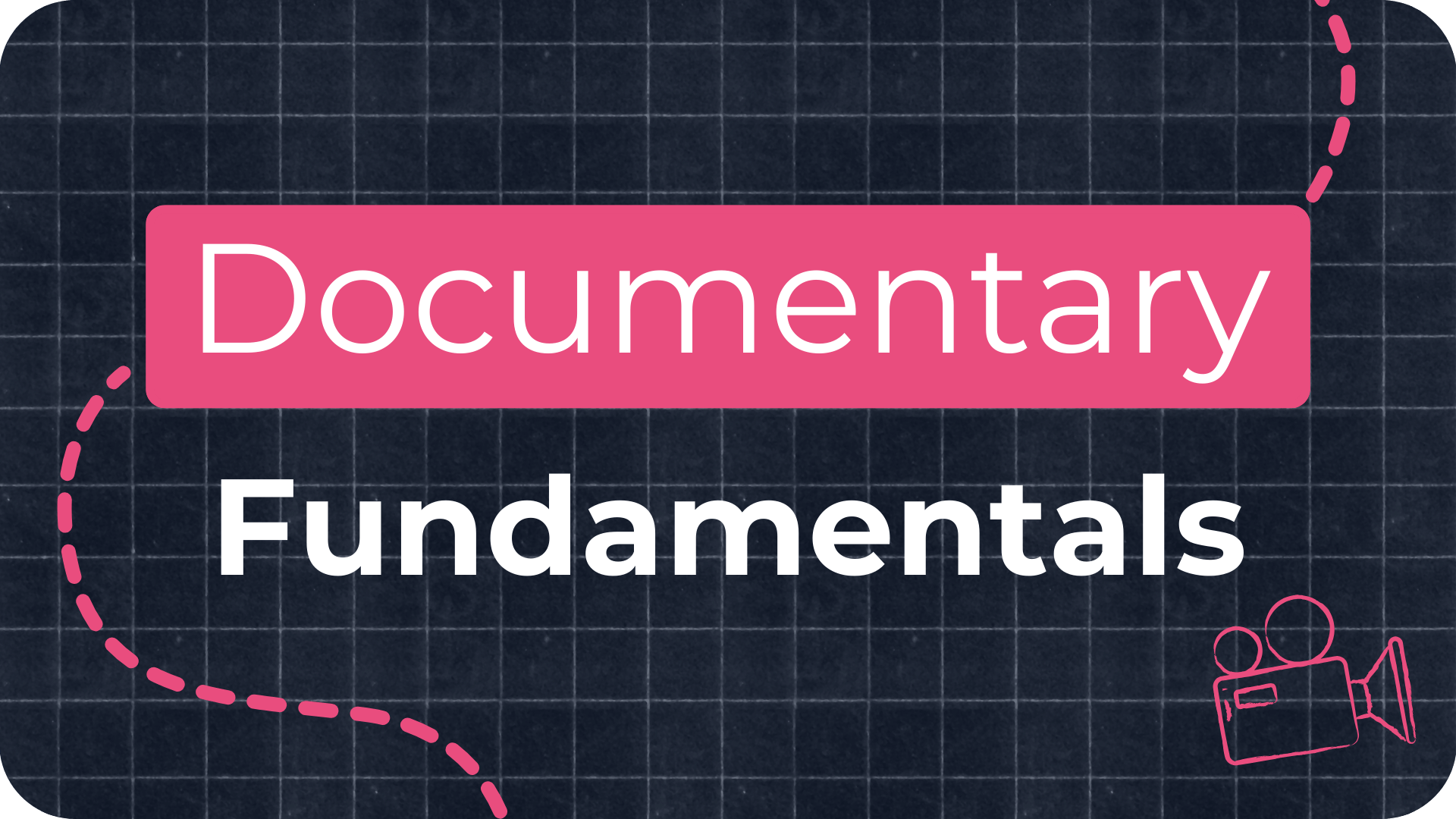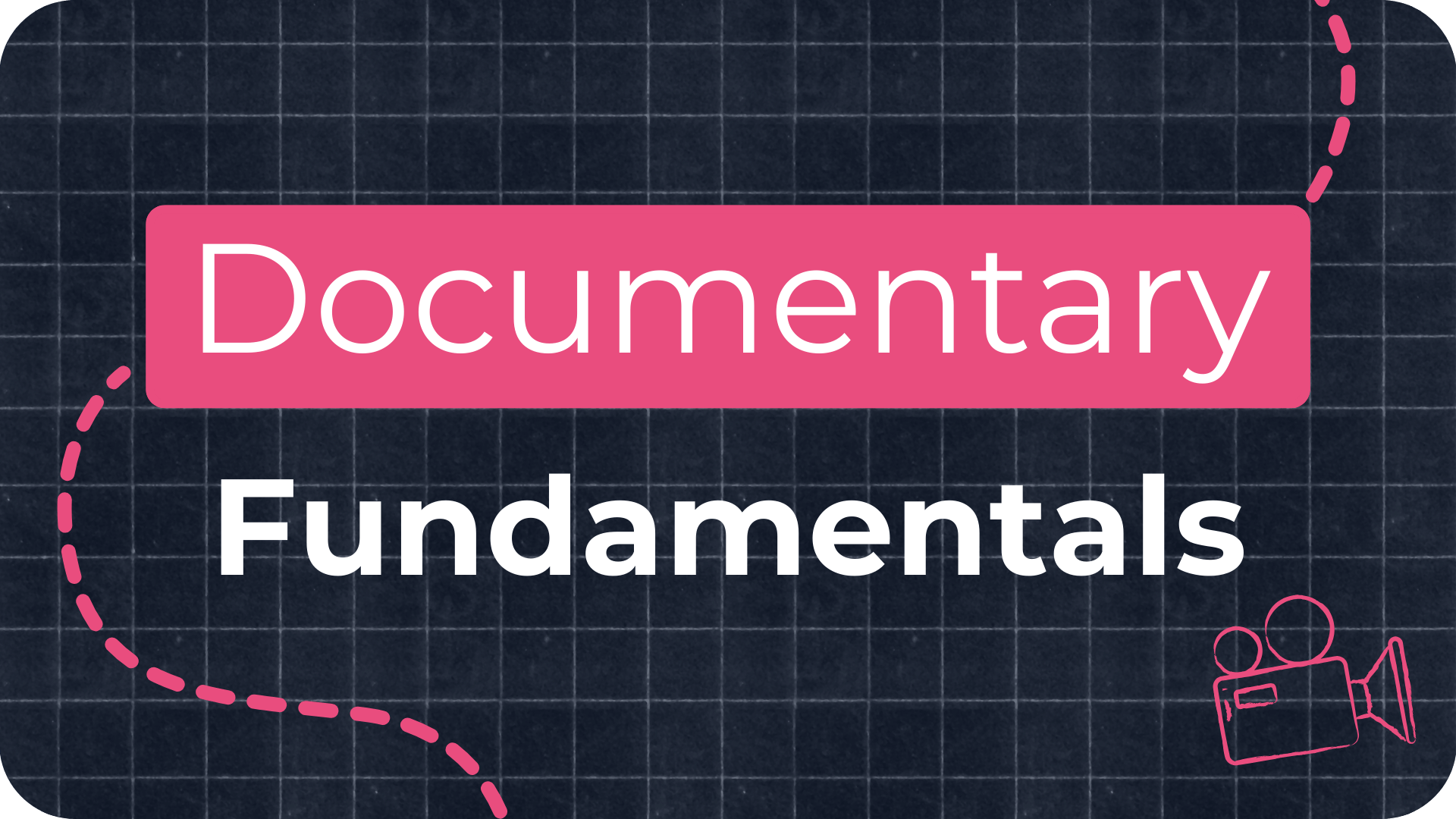Master the Art of Documentary Storytelling in Three Acts

Let's face it, shaping the narrative of a documentary is tough. You're swamped with a mountain of footage and it seems impossible to know where to begin. It feels like you're trying to solve a giant jigsaw puzzle with no picture to guide you.
Three-Act Documentary Structure
While there are a number of approaches to building the narrative structure of a documentary, I find the simplest and most effective method is the three-act structure. This approach divides your story into three distinct parts: Act 1, Act 2, and Act 3 – the beginning, the middle, and the end.

Why Use a Three-Act Documentary Structure?
Using the three-act structure is incredibly helpful when making a documentary because even though you’re telling a true story about real people and real events, you still need to choose which elements of the story matter most, and reveal those elements in a certain order to make it emotionally compelling for audiences.
Spending time developing a three-act structure for your film before you start filming will really improve the process of shooting and editing and save you time, as it will give you focus and direction and result in a more emotionally compelling story.
My hope through teaching you the three-act structure is that it will give you a framework with which to plan and map out your film’s journey, and as you learn more about your story and begin filming, you’ll have the confidence to adapt and change it as it grows and morphs from an idea into a fully-fledged documentary.
It’s important to note, this is not an absolute formula, as with storytelling, there are no rules, only guidelines. Use this as a starting point to help you work out the basic structure of your documentary and feel free to adjust and adapt when needed.

Understanding the Three-Act Documentary Structure
The three-act structure comprises six key plot points that shape the narrative. Each Act contains two essential plot points:
- Act One includes the Opening and the Inciting Incident.
- Act Two comprises the First Act Break and the Midpoint.
- Act Three involves the Second Act Break and the Resolution/Climax.

An Overview of the Three-Act Documentary Structure
Let’s delve into the details and understand what each plot point signifies:
Act One
- Opening: This is where the main characters and the documentary topic are introduced. It's crucial to emotionally invest the audience in the characters and topic from the beginning to pique their interest and encourage them to keep watching. Using a cold opener or teaser sequence can also be a useful tool to tease an intense moment happening later in the documentary.
- Inciting Incident: This is when the primary character's desires and goals are identified, and an obstacle appears, setting off the characters on their journey.
Act Two
- First Act Break: This is when the main characters embark on their journey to achieve their goal. Act 2 is where tension builds, and the audience begins to wonder how the characters will tackle the challenges that lie ahead.
- Midpoint: This is typically halfway through the film. It is when the protagonist is heading towards their goal, and an unexpected setback occurs, forcing the character to introspect and shift their course to achieve their goal.
Act Three
- Second Act Break: Here, your main characters are nearing their goal. It seems unattainable, the stakes are heightened, and they are forced to make a decision they can't reverse. It's do or die.
- Climax: This is the moment of peak emotional intensity. It's when the main characters reach their goal after a significant struggle.
- Resolution: All loose ends are tied, and the conflict between the characters' wants and needs is resolved, leaving the audience with a sense of closure.
Three-Act Structure Template
Ready to shape your documentary's narrative? I've put together a free three-act structure template to help you bring your documentary story to life: Free Three-Act Structure Template
Mastering Documentary Storytelling: The Power of the Three-Act Structure
Remember that every documentary is unique and that the three-act structure is a guide, not a strict template. Some documentaries might not neatly fit into this structure, but many of the concepts can still apply. For instance, your "characters" could be communities, animals, or even landscapes, and your "conflict" could be a social issue, a natural disaster, or an exploration of cultural identity. Your "resolution" might not provide a clear answer but might rather open up a new conversation or provoke deeper thought.
The three-act structure is a tool that helps shape raw information and experiences into an emotionally impactful story. By exploring this structure and applying it to your own work, you can create a compelling, immersive narrative that leaves a lasting impression on your audience.
As a documentary filmmaker, your role is to bring to light untold stories, give voice to the voiceless, and shed light on crucial issues. Embrace the three-act structure and harness its power to create engaging and thought-provoking films that resonate with your audience. In the end, it's all about balance – between reality and storytelling, between information and emotion, between character development and narrative arc.
















